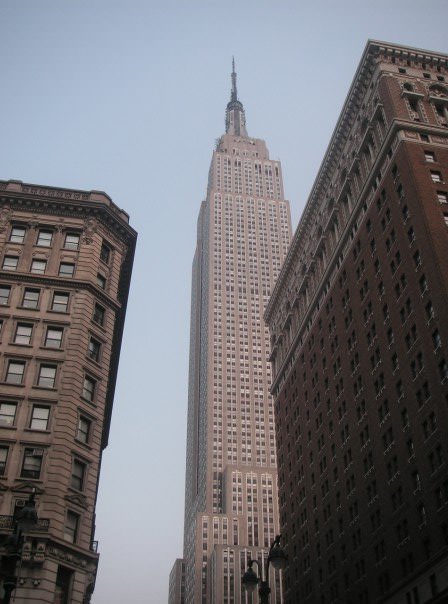The United States has long been known for its breathtaking skyline, characterized by impressive skyscrapers that seem to touch the sky. These imposing symbols of modern architecture are not only an expression of economic power, but also a testament to the relentless human ingenuity in overcoming vertical challenges. Over the decades, the evolution of skyscrapers has been impressive, so much so that questions have been raised about their height and history.
The vertical rise: the evolution of skyscrapers in the United States
The history of American skyscrapers is a fascinating journey through innovation, technology, and human determination. It all begins in the late 19th century, when U.S. cities began to transform into hotbeds of industrial progress and accelerated urbanization. The growing population and increasingly complex societal needs generated the need to reconsider vertical spaces, opening the door to the bold experiment of building upward.
The first chapter of this architectural epic is etched in history as the “Home Insurance Building” in Chicago. In 1885, this revolutionary building became the first to fully embrace steel framing, allowing construction at height and opening new horizons in modern urbanism. This event marked the beginning of an era of architectural daring, with cities such as New York, Chicago, and Philadelphia competing to reach new heights.
At the beginning of the 20th century, the race to the top became a veritable laboratory for engineering and artistic experimentation. The advent of steel and reinforced concrete allowed the creation of even taller structures, defying the laws of gravity and redefining the very concept of urban architecture.
Reaching new heights: the tallest skyscrapers in contemporary America
Texas: in the heart of Texas, the city of Houston stands out with its JPMorgan Chase Tower. At 1,000 feet tall, it is the tallest skyscraper in the state and one of the tallest in the country. This skyscraper is an example of how modern architecture can coexist with its surroundings. The tallest building in Dallas, however, is the 921-foot Bank of America Plaza, one of the city’s landmarks.
New York: not surprisingly, the “Big Apple” is home to some of the world’s most famous skyscrapers. The Empire State Building, a recognizable icon around the world, rises 1453 feet, framing the New York skyline with its art deco elegance. However, One World Trade Center stole the show. Built on the site of the Twin Towers destroyed in the 9/11 attacks, this 1686-foot tower is a symbol of resilience and rebirth.
California: the West Coast of the United States is no different when it comes to majestic skyscrapers. In Los Angeles, the US Bank Tower dominates the skyline at 1017 feet. This skyscraper is also famous for its observation deck, which offers breathtaking views of the city and beyond. In the heart of San Francisco, the Salesforce Tower stands at 1069 feet, representing a fusion of sustainable design and architectural innovation.


